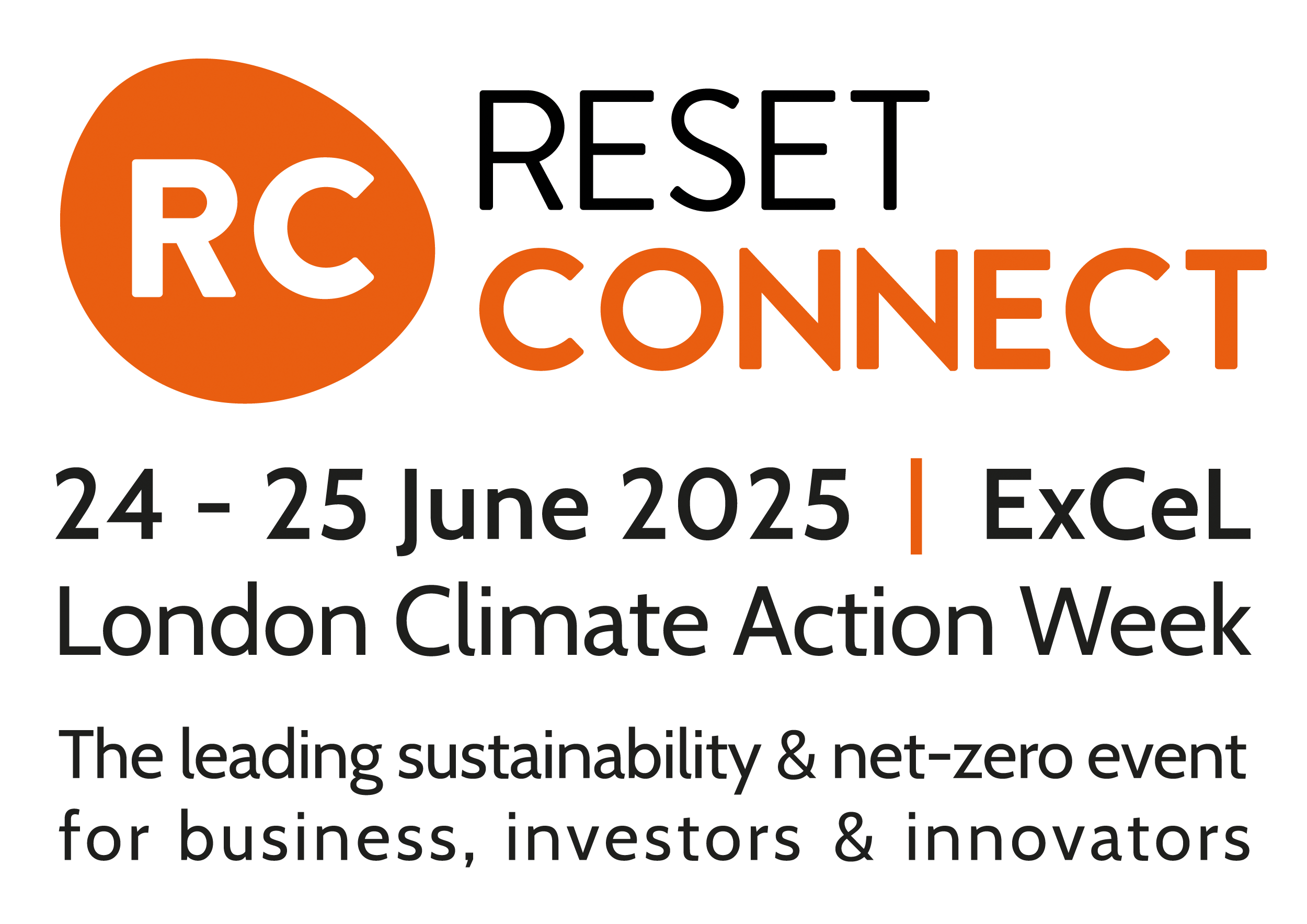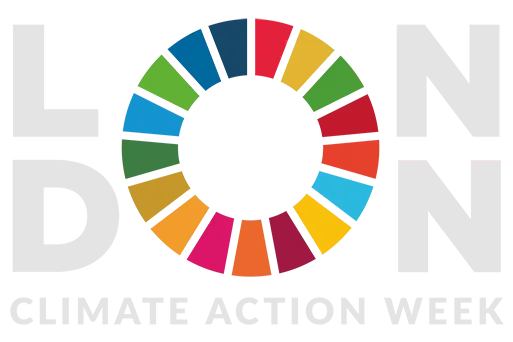E-Liability Institute
E- (or environmental-) liability is an accounting algorithm that allows organizations to produce real-time, accurate, and auditable data on their total direct and supplier emissions (referred to as “cradle-to-gate”), and those for any of its products and services – say, a smartphone, a ton of cement, or a search on its website.
Is E-liability a new carbon-accounting standard (e.g., to replace the GHG Protocol Scope 3 standard)?
No, E-liability is not a standard; it is an accounting approach that can be used by any organization (business, government, or not-for-profit) and by any rulemaker (e.g., GHG Protocol, ISSB, US SEC) to develop reliable carbon reporting. It is a simple, open-source, free-to-use set of principles that should be the basis of any sound carbon-accounting standards.
Why do we need E-liability?
Consider one of the most basic decisions in green energy: to build a wind turbine to replace a coal-fired power plant. While we know what is the total monetary cost to build a wind turbine, to date, we still do not know what is the total GHG impact to build a wind turbine. Think of it: something as basic as that cannot be measured currently.
When we pick up a box of cereal off a store shelf, we can see its price and its nutrition information. Thus, we are able to make food-consumption decisions on the basis of two dimensions that are most salient. We currently cannot do this with purchasing decisions where the GHG impact is salient (in addition to price) – e.g., buying a wind turbine, buying a car – because we have no way of reliably measuring the total GHG impact of making products or services.
Doesn’t the GHG Protocol Scope 3 standard help us measure the total GHG impact of making products or services?
The current GHG Protocol Scope 3 standard was designed in the early 2000s to inspire organizations to action, but not to hold them to account. The standard’s entity-level approach to carbon accounting means that collecting “supplier-specific” Scope 3 data is impossible for any sizeable company in a modern value-chain. The standard then allows companies to supplement primary data with industry-average data, analogous to FASB/IASB allowing companies to use industry-average gross margins, instead of actual margins. The result is guesstimates and gaming of GHG accounts.
Applying the Scope 3 standard also results in counting the same value-chain emissions multiple times, giving organizations little incentive to understand and reduce the total emissions under their control. This is analogous to FASB/IASB allowing a company to report in its own profits a share of the profits of all its suppliers and customers.
In effect, Scope 3 data are not actionable for strategic decisions and can result in misleading users and misallocating green capital to underproductive investments.
How does E-liability work?
The E-liability approach is based on combining well-established best practices from financial and cost accounting with recent advances in climate science and blockchain technology.
To illustrate, consider a car door manufacturer. The company has many suppliers for the sheet steel, glass, plastics, fabric, and electronic components that are assembled into the door. Under the E-liability method, as each of these components arrives at the car-door factory, their accumulated emissions are transferred from the suppliers to the company. The company next adds its own direct emissions from its production and assembly stages, such as the energy it uses to process the materials. All of the emissions, both transferred from suppliers and used on-site, are then assigned to its various door products, similar to a standard accounting practice that assigns the cost of materials and overheads to finished products.
The total emissions used to make and transport a finished car-door are finally transferred to the next company in the value chain – the car-assembly factory – when the door is sold to that factory. Thus, in a method similar to how value-added taxes work, the E-liability approach also resolves the multiple-counting problem in current carbon-accounting protocols. (To see this example as an animation, watch this short video.)
The E-liability approach produces, for every product and service in the economy, an accurate and auditable measure of its total “cradle-to-gate” carbon footprint. This allows every purchaser – whether a company acquiring a batch of cement, a consumer buying a movie on their tablet, or a green investor looking for their next project – to see the total carbon emitted into the atmosphere in creating that specific product. For a product, that would include the emissions from mining all its raw materials, plus all further processing and transportation emissions, down to emissions from last-mile delivery.
Want to learn more? Read this paper.
Is E-liability expensive to run?
E-liability carbon accounting does not require complicated and expensive software systems on which to run. Information technologies such as blockchain, combined with existing inventory and cost-accounting systems, can record, transmit, and provide an audit trail for E-liability transactions. And the emissions data for each product will automatically aggregate into company-level accounts – just like in financial reporting. The data can be presented in a similar format as a financial balance-sheet, making it easy for independent analysts to verify.
How is E-liability different from a standard EPD (Environmental Product Declaration)?
Unlike a standard and static EPD/product life-cycle emissions report, which some companies currently produce about every three years, the E-liability approach produces dynamic, real-time reports on all of a company’s products, based on its current processes, sourcing, and designs. The E-liability approach provides strong incentives for innovations in real-time carbon reduction.
Has E-liability been tried before?
A Southeast Asia-based company, Giti Tires, was among the first to pilot the E-liability approach. It calculated the total emissions to produce a standard passenger-car tire, a product that is both crucial to the global economy and, given its high carbon-footprint, one where emissions-reduction excellence will be essential to fighting climate change. As part of its pilot, Giti Tires will now collaborate with its steel suppliers to learn how to source low-emission, high-durability steel cord that reduces fossil-fuel usage over a car’s lifetime operations. Beyond Giti, other leading organizations in cement, energy, healthcare, and steel are also piloting the E-liability approach.
Who developed E-liability?
E-liability was developed by two professors from Harvard and Oxford, Robert Kaplan and Karthik Ramanna, respectively. The idea was published in the November/December 2021 issue of the Harvard Business Review and it won the journal’s 2022 McKinsey Prize for “groundbreaking management thinking.”




)